
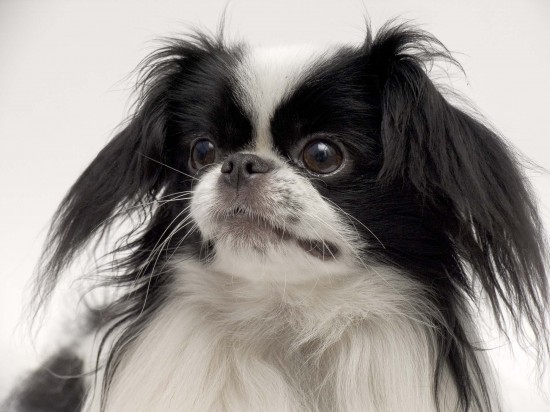
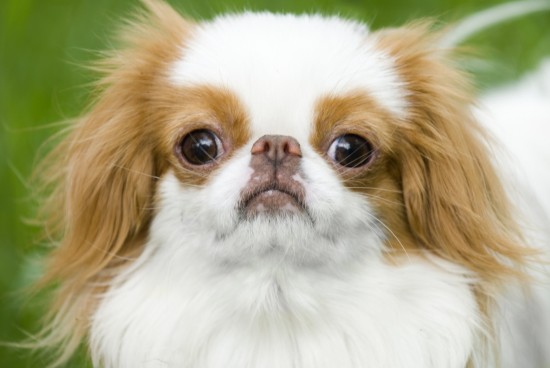
The Japanese Chin is the official dog of royalty within Japan, and has a long and distinguished history as the lap dog of choice of some of the most famous dynasties in history! The breed is also sometimes known as the Japanese Spaniel, and is a small companion dog breed that falls into the toy or lapdog category.
The Japanese Chin also has a relatively long history worldwide as well as in Japan, with the first dogs of the breed being exported to the wider world during the 1800’s. Their small size, kind, loving temperaments and calm natures ensure that the Japanese Chin is today, one of the most popular toy dogs worldwide.
If you are looking to buy or adopt a small toy dog breed, the Japanese Chin is definitely worthy of consideration. In this article, we will tell you a little bit more about the breed, and what you can expect from them.
While the breed today is called the Japanese Chin, these dogs actually originate in the first instance from China. They were selectively bred for centuries as pets for the noble women residing in the country’s imperial palaces, as lap warmers and companion dogs. During the early days of the formation of the breed, these dogs could not be bought for any amount of money; they were bred solely for the upper classes, who might then show favour to others by bestowing a gift of the Japanese Chin upon people who pleased them, making ownership of the breed highly desirable and very symbolic.
This is how the breed first came to be taken to Japan, as gifts from the aristocracy of China to those of Japan. The first Japanese Chin to be brought into the UK was given as a gift to Queen Victoria in 1853, and over time, the breed became established within the UK as well as across the wider world.
The Japanese Chin is a very small, delicate toy dog breed, which can weigh anything from 4-15lb. They stand between 7 and 11 inches tall at the shoulder, and have reasonably broad heads with a flattened face and large, widely set eyes. They have relatively long floppy ears, which are again widely set on the skull. The tail is feathered and curled, and should be long and luxurious. The breed has relatively short legs, and a square-ish body shape.
The breed’s coat should be straight and long, as well as relatively thick. The hair should be tousled and loose, giving the dog a slightly shaggy appearance. The tail particularly should have long hair, which should fall either side of the tail itself, and the body of the dog should have a distinctive skirt of hair. The head and ear hair is slightly shorter, but still relatively long.
In terms of colour variations, the base colour of the coat is usually white, with spots or patches of either red, black or tan. It is also normal for the face of the dog to have symmetrical coloured markings over the ears and eyes, a look that is desirable as part of the breed standard. A solid colour across the ears and head is considered to be less desirable.
The Japanese Chin, unlike most other dog breeds, has literally no breed history in any kind of working capacity, and ergo is not one of the most robust and outgoing of breeds! They were bred as quiet lap companions and as dogs to be cherished and spoiled, and so they tend to be not very streetwise, and need close supervision to keep them from getting into mischief!
They are naturally very affectionate and loving, and can rival the cat in terms of how long they like to cuddle up and sleep for! They are at their happiest when sitting in someone’s lap, and need lots of affection, love, and to be involved in every aspect of family life.
They require regular short walks and periods of play, but their exercise requirements are not strenuous or excessive.
As with any other small dog breed, it is important to train and manage the dog carefully, and treat them as real dogs and not babies. They need to be fed a balanced diet without too many treats, get enough exercise, and learn how to be a dog rather than a child! It is also important to train and socialise the dog properly from a young age, in order to ensure that they are responsive to commands and capable of getting on well with other dogs.
It is also vital to instil clear boundaries into the dog’s understanding, and not simply let them get away with mischief because they are small and cute!
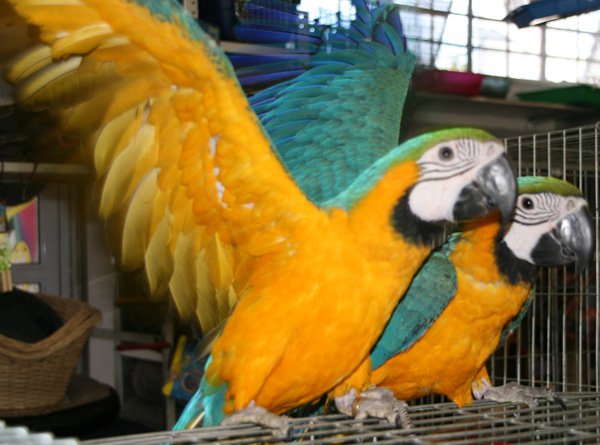 Discover the many joys and pleasures of sending cute puppy pictures
Discover the many joys and pleasures of sending cute puppy
Discover the many joys and pleasures of sending cute puppy pictures
Discover the many joys and pleasures of sending cute puppy
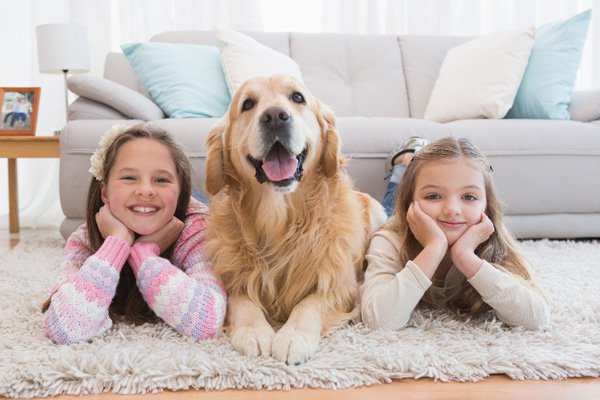 Dog walker Tavistock, keep your pet happy all the time
Dog walker Tavistock, keep your pet happy all the time
Dog walker Tavistock, keep your pet happy all the time
Dog walker Tavistock, keep your pet happy all the time
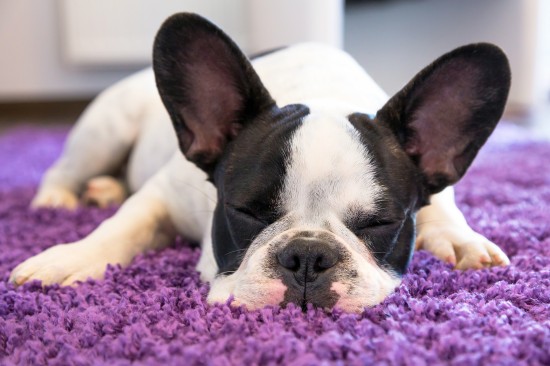 The Sleeping Habits Of Puppies
The Sleeping Habi
The Sleeping Habits Of Puppies
The Sleeping Habi
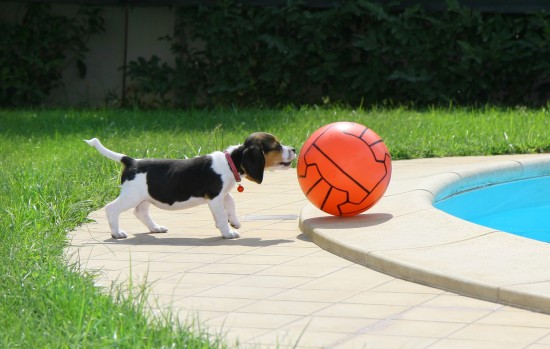 Outdoor Hazards That Can Be A Threat To Your Puppy
Outdoor Hazards T
Outdoor Hazards That Can Be A Threat To Your Puppy
Outdoor Hazards T
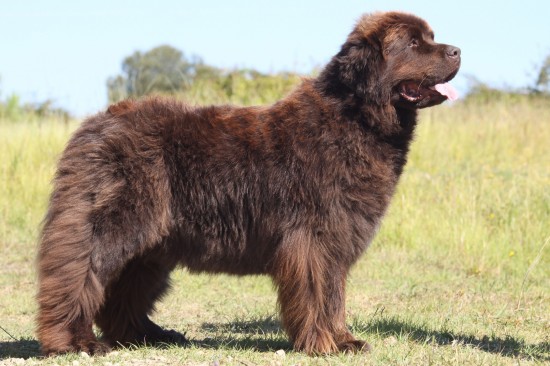 The Large And Lovely Newfoundland Dog
The Large And Lov
The Large And Lovely Newfoundland Dog
The Large And Lov
Copyright © 2005-2016 Pet Information All Rights Reserved
Contact us: www162date@outlook.com